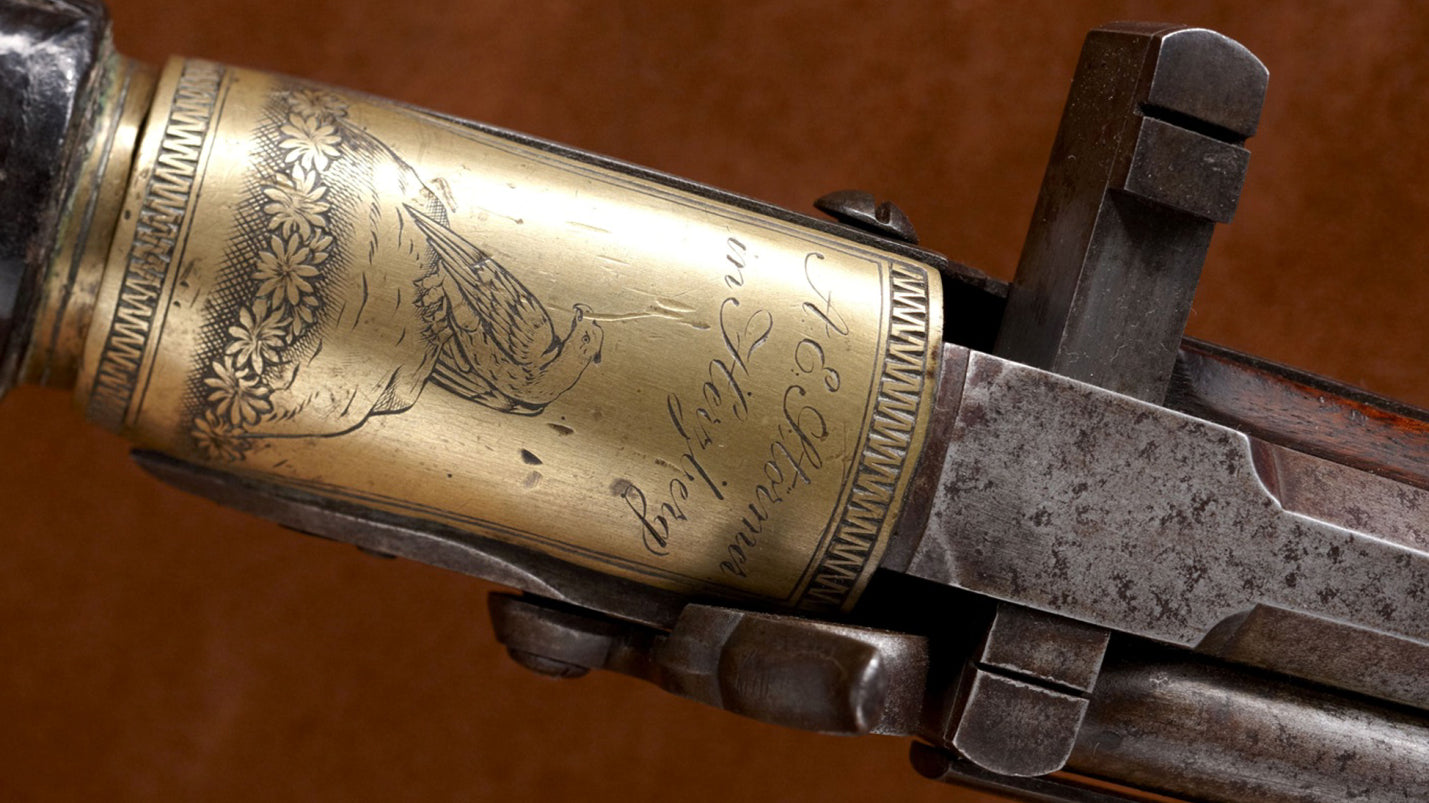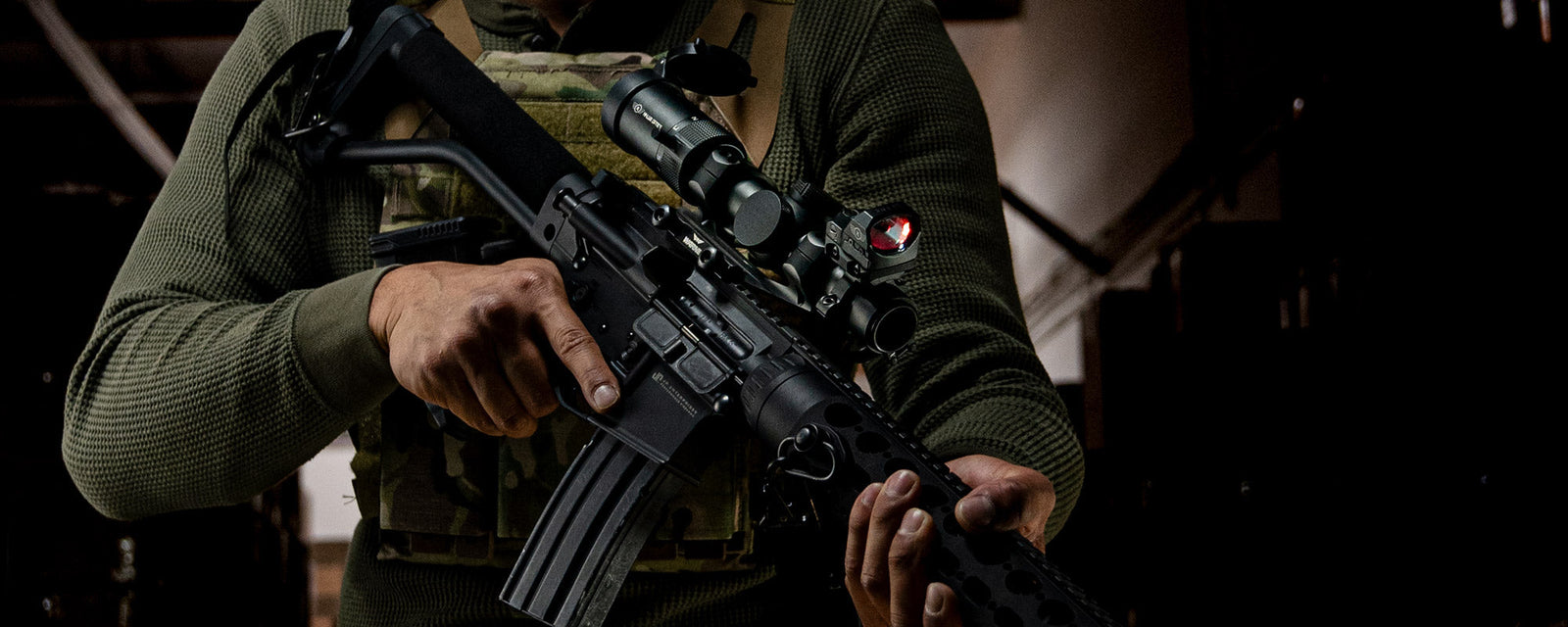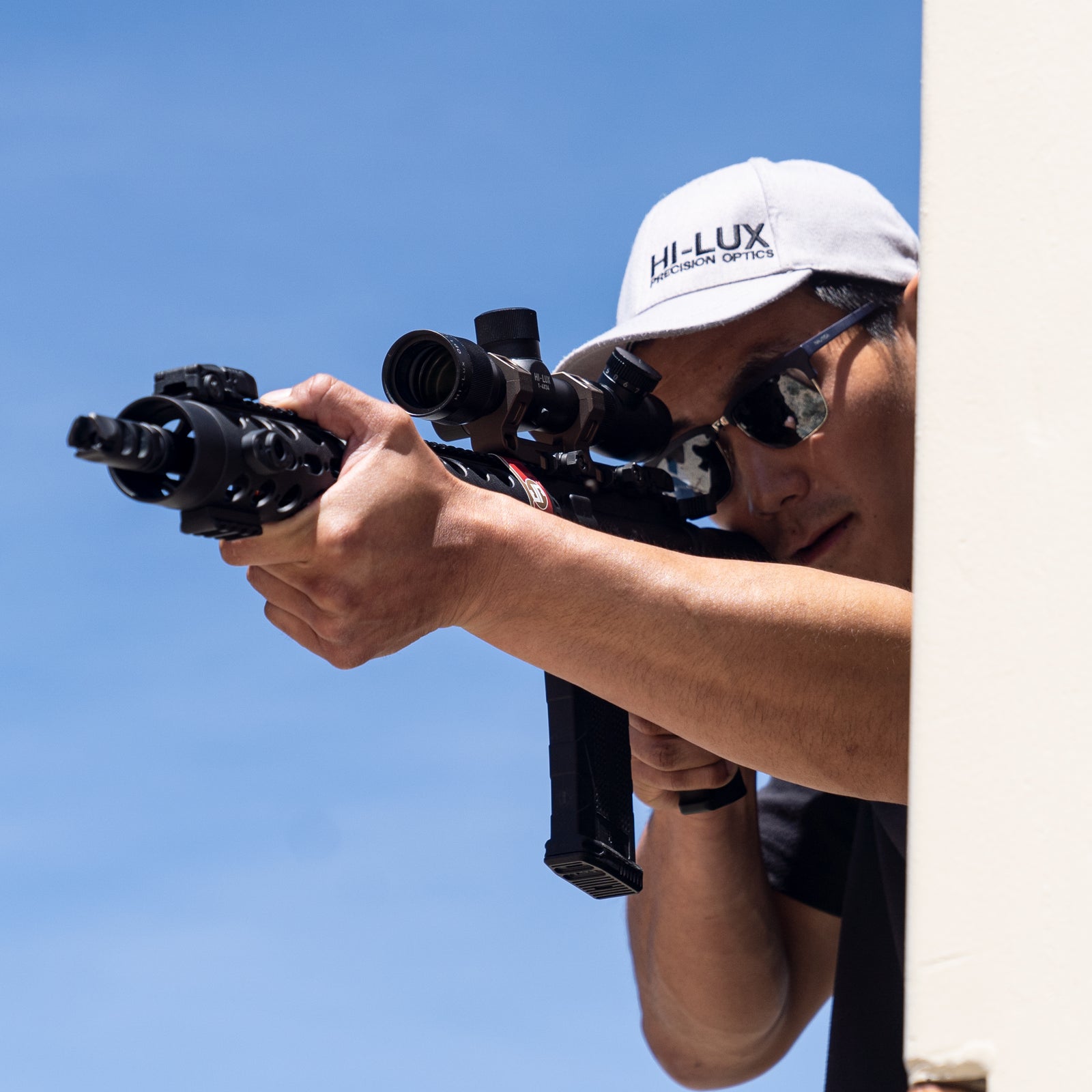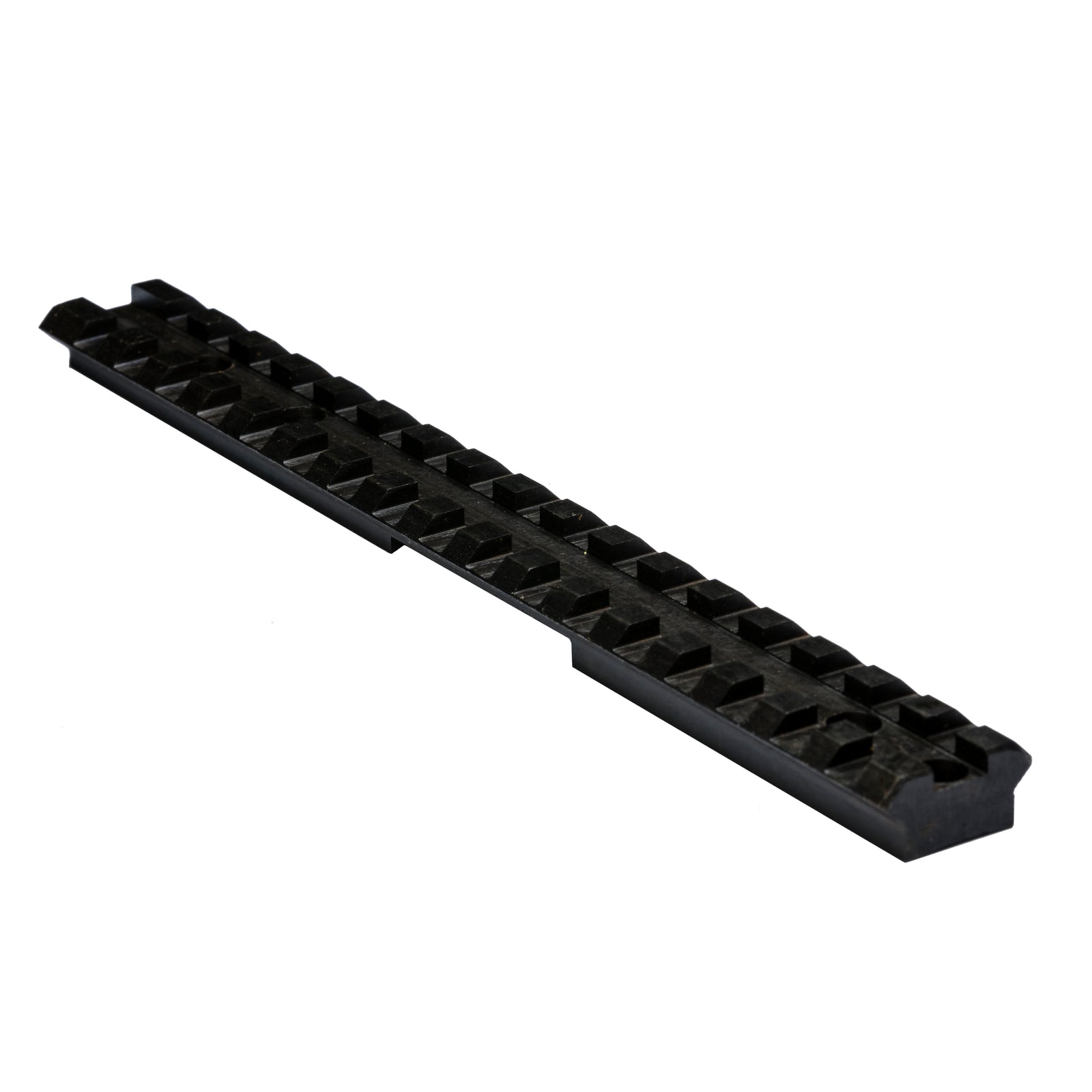Once upon a time, a peculiar gun worked its way westward on a journey of exploration and discovery. It didn’t kill a single person, but still proved its worth in safeguarding and hunting for its owners.
But enough euphemism and allusion - The owners were Lewis and Clark, and the rifle was a Girandoni Air Rifle.

Yes, you heard that right. The Lewis and Clark Expedition, fielded in 1804 at the request of president Thomas Jefferson, was armed with an air rifle originally designed in the late 1500s.
First, let’s establish a bit of the back story to their expedition. Thomas Jefferson, president from 1801 to 1809 and famous for a number of other political events, wanted to expand the country westward. At the start of his presidency, a vast majority of the new nation’s population lived within 50 miles of the Atlantic Ocean. In 1803, Jefferson requested $2500 from Congress to field an expedition - in secret. Its purpose was to reach the Pacific Ocean by means of waterways and map out anything useful on the way.
Jefferson selected the person he felt was most appropriate to lead the mission - his former secretary, Captain Meriweather Lewis. Lewis had served in one of the Army’s rifle companies, commanded by William Clark. When Lewis was tasked by Jefferson to organize and outfit the “Corps of Discovery,” he selected Clark to be his second in command.
Over the next two and a half years, Lewis and Clark would journey roughly 8000 miles with 43 other companions. During this entire trek, they would lose a single life… to appendicitis. Throughout this surprisingly meandering trek, they had no way to know ahead of time whether they would encounter anything necessary to manufacture gunpowder. To those ends, they brought along 200 lbs of gunpowder and 400 pounds of lead to feed their 15 flintlocks. As a good backup, they also brought 500 spare flints.
But we’re not here to talk about gunpowder and field maintenance. We’re here to talk about rifles that stored compressed air in removable iron flasks.
The earliest air rifle similar to the Girandoni appeared sometime around 1580. It was cumbersome, finicky, and pretty much only used by the aristocracy in hunting game. Eventually, a fellow named Bartolomeo Girandoni settled on a few changes that would make air rifles much more useful. Rather than give you the specs in a dry list, I want to walk you through buying a Girandoni 240 years ago, and then taking one out to the field. Pretend the year is 1780 and you’ve got the spare change for an ultra-modern pneumatic rifle.
Let’s look at what would come in the kit when you picked up a new Girandoni. And I’m not kidding when I say that these rifles came with a truly thorough kit, right down to the custom-designed leather case.

You’d get the rifle - A .46 caliber rifle 4 feet in length and 10 pounds in weight. It sported a barrel-mounted, gravity-fed tubular magazine with room for 22 balls, each roughly 153 grains. The bore featured 12-groove ratchet rifling.
You’d get three air flasks. These were detachable from the rifle, just requiring that the shooter screwed it properly in place as the buttstock. They featured a specialized valve that kept air from constantly escaping - helpful, when the contents could get up to 850 psi. It could fire roughly 40 shots before muzzle velocity suffered.

You’d also get an air pump. It took 1500 strokes to refill an air tank, around 20 minutes of pumping.
In the leather case were a number of other smaller tools. There’d be a good ladle for melting lead, and a bullet mold. You’d also get four speed-loaders, each with room for 20 balls.
Now it’s time to talk through using this masterpiece.
First step, screw on a new air reservoir. Make sure that the leather seal is kept moist to maintain an airtight fit, and don’t leave it in the sun or it might explode. Then toss some balls in the magazine by opening a small flap and applying the speed loader.
With the tank attached, you’re almost ready to fire a ball. Tilt the rifle up, then squeeze the spring-loaded breech block. In normal position, the breech block holds a ball at the breech end of the barrel. When the block is pushed sideways, the opening slides into place at the end of the magazine. Releasing the block would let it slide back in line with the barrel. To load a ball, just make sure the rifle is tilting up when you release the breech block. To unload the rifle, simply squeeze the breech block, point the rifle downward, then release.
Now you cock the hammer. It didn’t need a percussion cap or anything - this was just part of the firing mechanism.
Now pull the trigger. When the trigger is pulled, a small pin pushes against the valve at the head of the air tank. This releases a specific amount of air to propel the ball. According to some reports, the ball would travel at around 450 feet per second. Other reports have the speed being closer to 1000 feet per second. Regardless, a 150-plus grain lead ball packs a wallop when moving more than a few hundred feet per second. Lewis and Clark would put holes through 1-inch sections of pine when they weren’t hunting large game.
The entire 22-ball magazine could be emptied in under a minute. Just - tilt, squeeze, cock, aim, fire, and repeat. By many accounts, the rifle was accurate out to 100 yards. Compared to the muskets of the time, this sort of smokeless, long-range rapid fire must have been pretty astounding. The Austrian military made use of the Girandoni air rifles for a few decades, and for a while past that in the hands of their sharpshooters. The soldiers enjoyed being able to reload by simply tilting the rifle up from a prone position, rather than having to stand up themselves.
Twenty-three years later, Meriweather Lewis would pick one up in Pittsburgh. The rifles were supposedly kept in storage by the Austrian military until 1806, but at least one made its way across the Atlantic in time for a purchase on American soil. As far as survival rifles of the time could go, a field-ready kit that contained everything down to the bullet mold seemed like a reasonable choice.
I’ll leave you here with a section from Lewis’s journal, dated August 31st, 1803:
“…went on shore and being invited on by some of the gentlemen present to try my airgun which I had purchased brought it on shore charged it and fired myself seven times fifty five yards with pretty good suc- cess; after which a Mr. Blaze Cenas being unac- quainted with the management of the gun suffered her to discharge herself accidentally[.] the ball passed through the hat of a woman about 40 yards distance cutting her temple about the fourth of the diameter of the ball; shee feel instantly and the blood gushing from her temple[.] we were all in the greatest consternation supposed she was dead [but] in a minute she revived to our enespressable satis- faction, and by examination we found the wound by no means mortal or even dangerous.”
-
We hope you’ve enjoyed this look into the world of firearms. If you’d like to view this in a different format, it’s available in other convenient locations. If you’d like to hear the podcast, you can find it at The Bullet:In. For the video version, take a peek on our YouTube.
For other articles on vintage rifles, take a peek at:





Big Berlin
August 19, 2024
These only shot about 500 fps. No way did they shoot 1,000 fps. They could not fire 40 shots “before muzzle velocity suffered” unless using both reservoirs. They may have shot 40 shots for the indians but the last shots were for sound and show, not power.
Also Lewis and Clark carried a .51 caliber and military versions were .46.